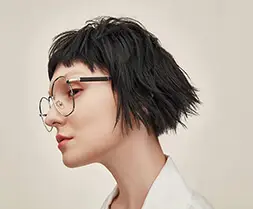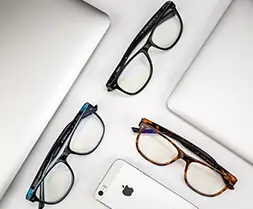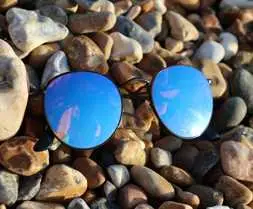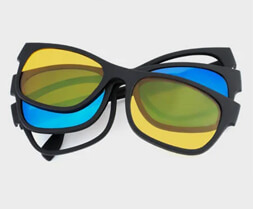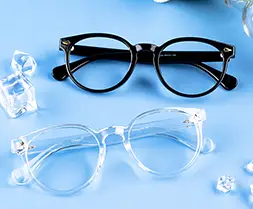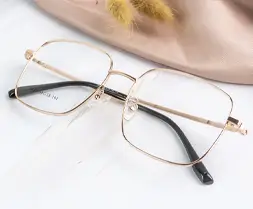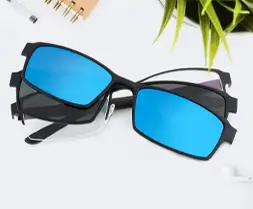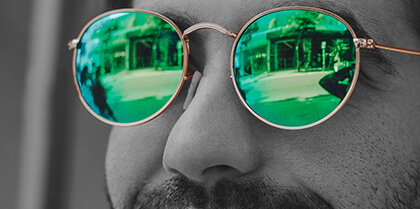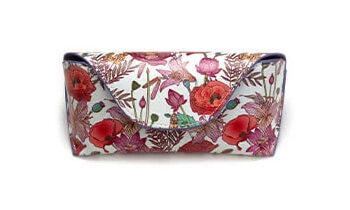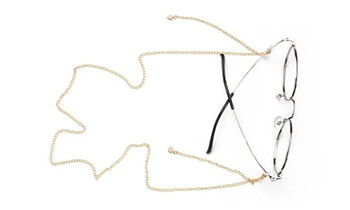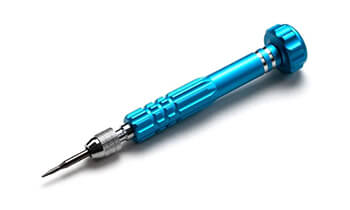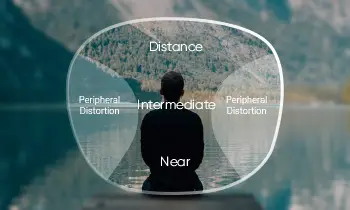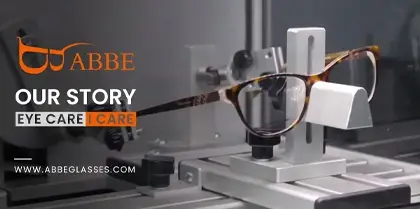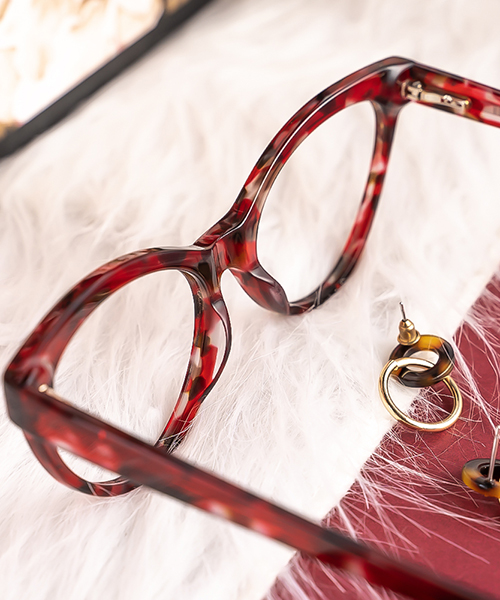If you require new prescription eyeglasses, the process of getting them can seem daunting. With so many styles, shapes, and lens options available, it can take time to know where to start. However, by understanding what to expect when getting a new pair of prescription eyeglasses, you can confidently approach the process and find the perfect pair to fit your needs.
I. Eye Exam
The first step in getting new prescription eyeglasses is to have a comprehensive eye exam. During the exam, an eye doctor will perform tests to determine the strength of lenses you need to correct your vision, evaluate your eye health, and measure your eye pressure and muscle movement. If it's been a while since your last eye exam, this is an important step to ensure that your glasses are accurate and your eyes are healthy.
II. Choosing Frames
When choosing frames, it's important to consider several factors to find a pair that fits well and looks great.
Frame size is an important consideration - frames that are too big or too small can be uncomfortable and affect your vision. Your optician can help you measure your face to find frames that fit your nose bridge, temples, and ears. You may want to know how to measure eyeglass frame size so that you can have more options and personal preferences.
The shape of your face is also important - different frames can complement or accentuate your facial features. For example, round frames can soften angular faces, while square frames can add structure to round faces. It is important to choose frames based on the shape of your face because it involves the specific frames that fit you and whether they are comfortable and look good on you.
Additionally, the eyeglass frame color and material of the frames can affect their durability and style. For example, metal frames can be durable and lightweight, while plastic frames can come in a variety of colors and patterns.
III. Lens Selection
There are many factors to consider when selecting lenses for your new glasses. The first consideration is the material - different materials have different strengths and weaknesses. Plastic lenses are lightweight and affordable but can scratch easily. Polycarbonate lenses are more durable and impact-resistant, making them a good choice for sports or safety glasses. High-index lenses are thinner and lighter than standard lenses, making them more comfortable to wear. They are also a good option if you have a strong prescription. You may also want to consider coatings for your lenses. Anti-glare coatings can reduce reflections and improve vision in bright light. Scratch-resistant coatings can protect your lenses from scratches and prolong their lifespan. UV coatings can protect your eyes from harmful UV rays.
And, the lens design is an important consideration. Single vision lenses correct for one type of vision, such as nearsightedness or farsightedness. Bifocal lenses have two different prescriptions in one lens, allowing you to see both near and far distances. Progressive lenses are similar to bifocals, but provide a gradual transition between the different prescriptions, making them more comfortable to wear. Your optician can help you determine which type of lens is best for your vision needs and lifestyle.
Prescription lenses are a very complex thing, containing a very large number of parameters and properties. Refer to our articles or consult our customer service for more specific data.
IV. Getting Used to Them
It's important to give yourself time to adjust to your new glasses, especially if you're wearing a new prescription or have never worn glasses before. It's normal to experience some minor discomfort or headaches as your eyes adjust to the new lenses. However, these symptoms should improve within a few days. If you experience persistent discomfort or blurry vision, it's important to contact your optician or an online store customer service, as this may indicate a problem with your glasses or your vision. Additionally, it's important to wear your glasses consistently to get the full benefit of your prescription.
Conclusion:
Getting a new pair of prescription eyeglasses can be an exciting and transformative experience. By understanding what to expect during the process, you can approach it with confidence and find the perfect pair of glasses to fit your needs. With the right frames, lenses, and adjustments, you can improve your vision and quality of life.


